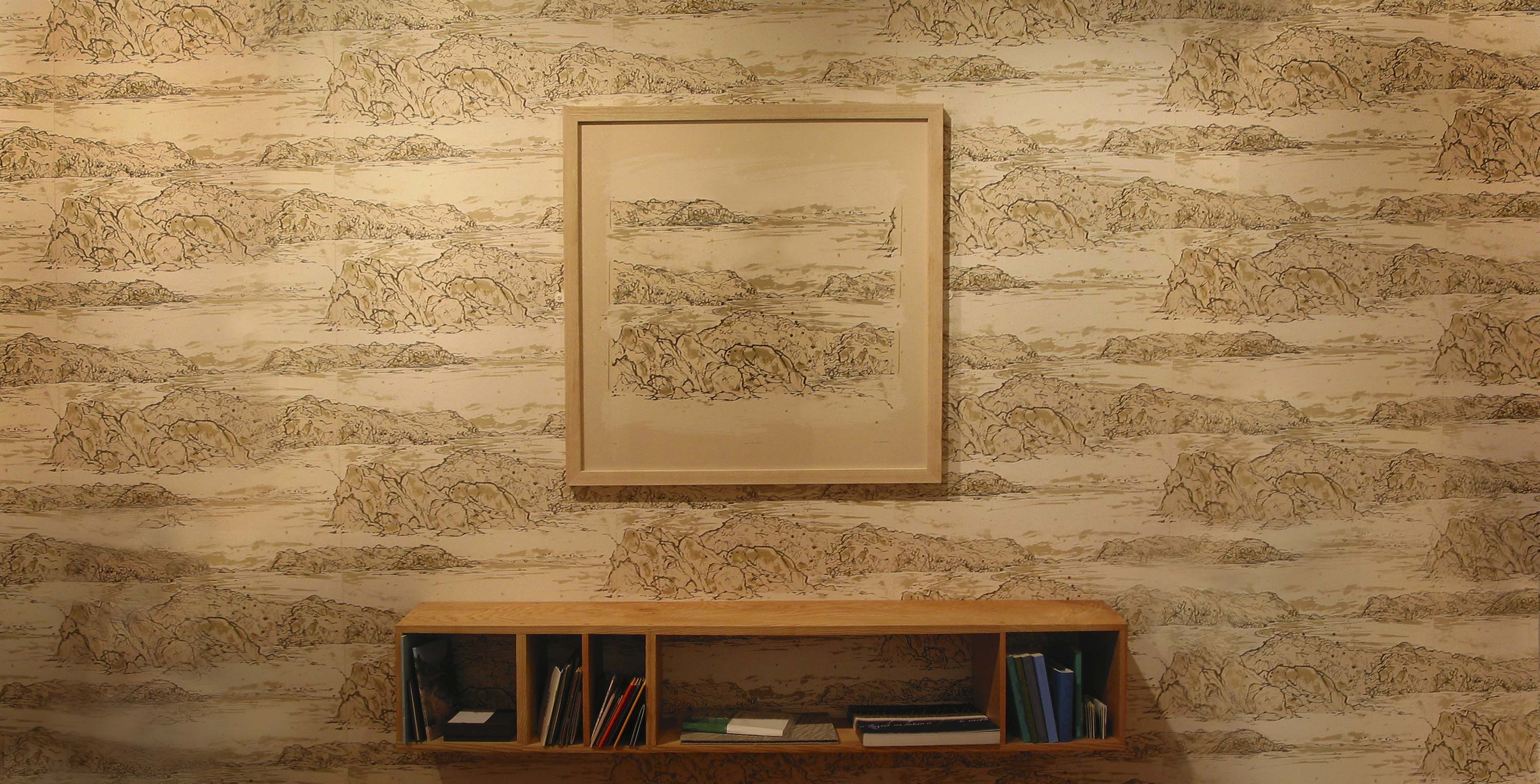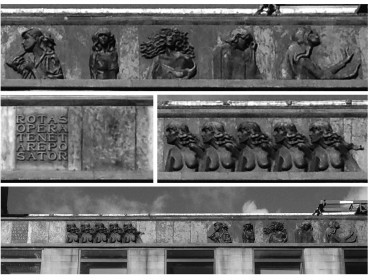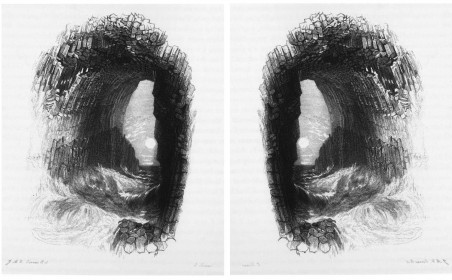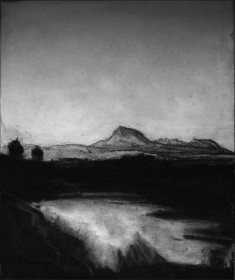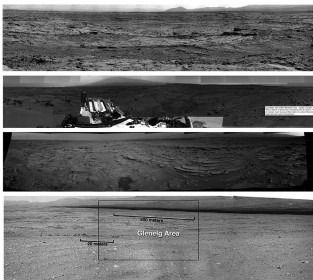David Faithfull – PALINDROME: Reflections in the Scottish Landscape in Print, Place and Process
Presented at the ‘Printmaking in Scotland’, a two-day symposium in partnership with Edinburgh Printmakers, National Galleries of Scotland and the University of St Andrews.
Edinburgh Printmakers, 23 Union Street, Edinburgh, & Hawthornden Lecture Theatre, Scottish National Gallery, Edinburgh, 3 & 4 February 2017
and Published in
Journal of the Scottish Society for Art History 2017/18
Volume 22 (2017-2018) Printmaking in Scotland
ORIGINAL ABSTRACT
PALINDROME
REFLECTIONS IN THE SCOTTISH LANDSCAPE
Their physical and spiritual manifestations in printmaking process and concept, with particular focus on
David Young Cameron’s 'Ben Ledi’
Palindromos: Running back again (Greek)
The Landscape of Scotland has always been a contradiction of romantic sentimentalism and/or cultural integrity
with physical exploitation and/or land management. From the majestic rolling hills and glens of deforested
natural woodland to the relentless march of pylons across the heather, it is a land of inconsistencies and dichotomies.
And like the print that generally requires the artist to reverses or flip their view of that landscape, the engraved
plate and flipped image, the lithography stone and inverted paper sheet, the picture plane becomes a visual palindrome
running backwards and forwards, like a mirrored reflection of place and space.
Landscape artists through the centuries have investigated these dichotomies, a synthesis of process led question
and image led answer (1, 2), but in this paper I aim to investigate this further. Can the artist/printmaker gain
more legitimacy or validation through this transformation of palindromic and mirrored picture plane?
Does this palindromic inversion create an obstacle or an opportunity for the artist/printmaker to explore the
landscape of Scotland providing an authentic filter for creativity, representation and expression.
I am particularly interested in David Young Cameron’s 'Ben Ledi’ (1911), which as well as requiring the artist/
to reverse the plane, the visual content of mountain reflected in heathland pool is also curiously inverted. The
profile of the peak being almost bitten out of the pool’s muddy edge in symmetrically flipped composition (Garton
1988) (3).
I would advocate that this is no coincidence of the contemporary viewers' framework, but a conscious concept
of this early 20th century artist. Interestingly the original working sketch in pencil, crayon and conte (4) depicts
Ben Ledi as a larger mass and the corresponding reflection matches this complementary depiction in scale and
form, only differing in shade, from the rich/dark coloured tonal mass of peak to the light ephemeral form of the
pool.
Here the cast shadow and gnomon are reversed, defying the physical weight of the geological mass of mountain,
an elemental transmutation in the reflection from earth to water, or volcanic fire to air – the background
reflected becomes the foreground or conversely the pool’s form becomes the solid metamorphic entity, Ben
Ledi – the Hill of God.
I venture that this palindromic inversion, this sublime reflection in the pool is intentional and as well as a physical
manifestation of the transfer of reversed image to plate, by the artist/engraver, provides an opportunity for
the artist to express and convey a deeper poignancy between the viewer and the traditional picture plane.
David Faithfull 2016
REFERENCES:
(1) Turner inverts the geological structure in ‘Fingal’s Cave’ in his series of Scott’s Poetical Works (1834), to exploit his view of the
setting sun.
(2) Richard Long and Hamish Fulton in tracing their progress through the landscape also create this running narrative from conception
to conclusion and paradoxically from finish to start, back to front.
(3) Garton (1988) Visions of Landscape Garton & Co, London
(4) http://www.allinsongallery.com/cameron/benlediwc.html
https://art.nationalgalleries.org/art-and-artists/30969
David Young Cameron, Ben Ledi Etching and Drypoint 1911
J.M.W. Turner Fingal’s Cave, Staffa Engraving 1834
Hamnish Fulton Seven One Day Walks Collotype 1991
Hamnish Fulton Seven One Day Walks Collotype 1991
 |
 |

